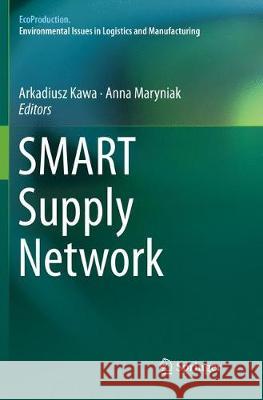Smart Supply Network » książka
topmenu
Smart Supply Network
ISBN-13: 9783030062774 / Angielski / Miękka / 2018 / 257 str.
Smart Supply Network
ISBN-13: 9783030062774 / Angielski / Miękka / 2018 / 257 str.
cena 385,52 zł
(netto: 367,16 VAT: 5%)
Najniższa cena z 30 dni: 382,84 zł
(netto: 367,16 VAT: 5%)
Najniższa cena z 30 dni: 382,84 zł
Termin realizacji zamówienia:
ok. 20 dni roboczych.
ok. 20 dni roboczych.
Darmowa dostawa!
Kategorie:
Kategorie BISAC:
Wydawca:
Springer
Seria wydawnicza:
Język:
Angielski
ISBN-13:
9783030062774
Rok wydania:
2018
Dostępne języki:
Numer serii:
000444176
Ilość stron:
257
Oprawa:
Miękka











